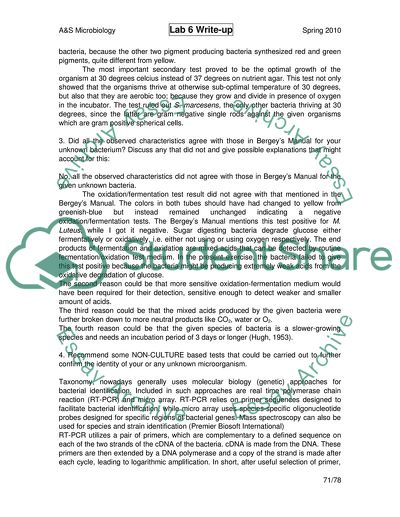Cite this document
(Analysis of Bacterial Identification Assignment, n.d.)
Analysis of Bacterial Identification Assignment. Retrieved from https://studentshare.org/biology/1737212-bacterial-identification-and-write-up
Analysis of Bacterial Identification Assignment. Retrieved from https://studentshare.org/biology/1737212-bacterial-identification-and-write-up
(Analysis of Bacterial Identification Assignment)
Analysis of Bacterial Identification Assignment. https://studentshare.org/biology/1737212-bacterial-identification-and-write-up.
Analysis of Bacterial Identification Assignment. https://studentshare.org/biology/1737212-bacterial-identification-and-write-up.
“Analysis of Bacterial Identification Assignment”, n.d. https://studentshare.org/biology/1737212-bacterial-identification-and-write-up.


